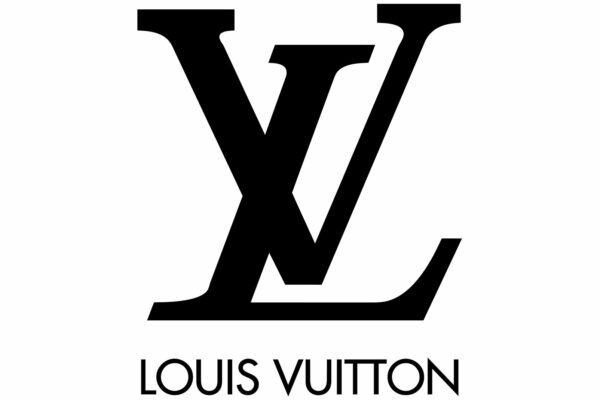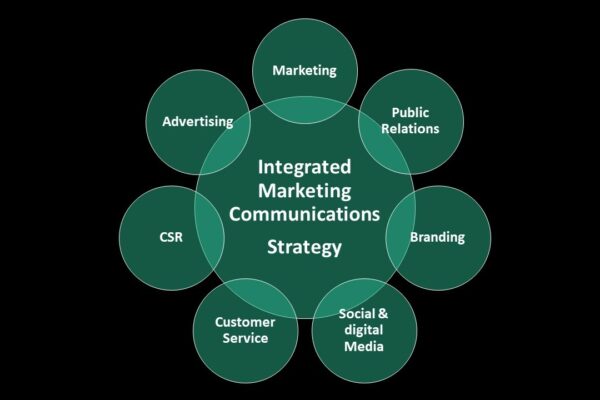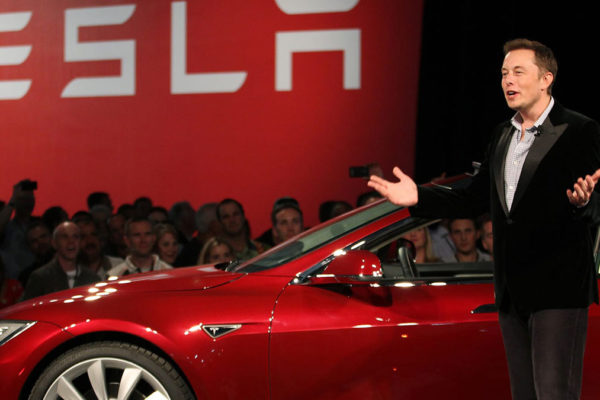
Macro environment of Tesla
Keti Tsetskladze, Nino Zakaradze
Principles of marketing (2nd group), International Black Sea University
Set of external forces and factors that are not controlled by the company is called the macro environment. Mainly, it includes demographic (age, education level, cultural characteristics, country and region, lifestyle), economic (company’s levels of production and the decision-making process of company’s customers), social (production needs to eliminate every practice that is hazardous to society, and show that it is socially responsible), technological (skills and ability that are implemented into production, as well as all the materials and technology that a particular product requires to be made), legal or political elements (every business needs to be up to date with such forces worldwide in order to be able to make the right decisions). For strategic management it is important to analyse the macro environment in order to identify factors that affect or in the future may affect the businesses.
One of the biggest and famous companies in the world is Tesla Inc. Tesla builds not only all-electric vehicles but also infinitely scalable clean energy generation and storage products. They designed the world’s first ever premium all-electric sedan from the ground up –Model S – which has become the best car in its class in every category. To accelerate the world’s transition to sustainable energy – that is the mission of Tesla Inc.
Let’s discuss every single part. According to Hudges company, the median age of Tesla car owners is just under 54 years old. Below data shows that average age in the U.S. is only 38.

There were separated graphs that showed that Model X owners’ 71 percent are males and Model S owners’ 23 percent are females. As we calculated the average percentage we found out that unfortunately, only 24 percent owners are females. Numbers are based on a universe of 253 Tesla Model X owners and 1,225 Tesla Model S owners. To sum up and add a little information: The typical Tesla customer is male, in their 50s, owns their own home and has a high household income. People who buy and drive Tesla’s cars are more eco-friendly than those who can afford these cars but prefer others.
Attitudes and shared beliefs play a huge role in marketing. Auto manufacturers are believed to be more oriented on comfort and not environment. As we already mentioned, electric cars are very fascinating ideas for eco-friendly people. Unlike other companies, Tesla Inc. is environmentally sustainable. These kinds of vehicles do not need any fuels and are better for our already polluted environment. Maybe buying electric cars is very expensive, but it is lesser to take care and preserve it.
Demand for electric cars increased which is mostly connected with development of technologies and global economy. Electric vehicle market is expected to reach 1.5 trillion dollars by 2025 and it is a great opportunity for Tesla to realize and gain more. Also, materials like batteries are very important for electric cars. Tesla Inc. makes its batteries accessible and affordable for everyone. For the company, it is also wonderful that prices for materials are declining. That will help them to make more cost-effective vehicles.
Technologies are developing all the time. They make new and interesting opportunities for markets. However, these developments can be beneficial or harmful for the company, because of fast evolution businesses cannot catch up with them. Right now, Tesla managed to update their devices and it is one of the competitive advantages. In near future, Musk said that they are planning to equip their model with fully driverless technologies and systems. If Tesla Inc. carries out these ideas, they will be one big step forward in the industry than their competitors. It is essential for the company to update their technologies every time otherwise they will miss new products and market opportunities.
For the businesses it is important to identify impact from the government. Policies on trade can increase or limit industry performance. In the case of Tesla Inc. the government supports and has incentives for using hybrids and electric cars. As we found out The Department of Justice granted a low interest loan of $465 and that helped the company to move to the next step and expand its products. Tesla is conquesting other countries too, but their achievements depended on the local economy.
OPPORTUNITIES AND THREATS
One of the most important things in running any business is the opportunities that allow a company to improve its performance, not stop moving forward, create sustainable development, reach management effectiveness, and strategic growth, among many other aspects. Tesla Inc. has several opportunities and capabilities that will help to further increase its influence in the future.
Let’s start by discussing the first issue: If the company expands and establishes itself in the global automotive market, it will directly contribute to the sustainable growth and development of the business, which at the same time will increase revenue. Moreover, it improves its financial standing and competitiveness in the global automotive and energy markets. The company must take advantage of these opportunities and must be more firmly established in countries and regions where there is less market presence. They should definitely use their competitive advantage and increase revenue by interacting with the markets of such regions as in Asian automotive and renewable energy markets and South American countries. The next opportunities that will directly increase a company’s revenue and have a big impact on its name and sales are to produce lower-priced mid-market cars, that drive higher volume, and adoption rates, and Battery Production In-house. The latter means that Tesla can make its own batteries. This could open up new revenue opportunities by suppliers other car makes. This would alleviate problems with supply and help the company to increase its production rates. Another opportunity for Tesla would be to increase the capabilities of its supply chain in order to keep up with all the new demand and sales which support the global expansion of production and sales operations. The last but not least opportunity which will save and ensure Tesla Inc. in case of a possible economic downturn that will hugely affect the demand for luxury vehicles, is to diversify into other types of businesses and markets. This external strategic factor involves establishing or acquiring new businesses to reduce business exposure and vulnerability to risks in the automotive market.
Factors that limit, hinder, or reduce Tesla’s organizational performance, overall output, and development are so-called external factors called threats. Threats prevent the company from maximizing the benefits of its strengths and opportunities. For example, competitive forces limit the company’s potential revenues from the global market for electric vehicles, batteries, and solar panels. Tesla needs to address the following threats to maintain resilience and sustainability despite the changing conditions of the automotive industry.
One of the most important threats facing all companies, including Tesla, in the context of globalization is aggressive and fierce competition. Large global players are aggressively investing in electric vehicle production. This is a big threat for Tesla because such big competitors who own a large market share cause significant damage and threaten Tesla sales, marketing or company itself. The fluctuations in material prices are another threat and this external factor especially highlights the fluctuating and generally increasing cost of lithium, a material used in the company’s energy storage products. Lack of critical resources is the next noteworthy issue, that can be considered as the threat of Tesla Inc. We mean that limited mineral resources and growing demand by other car producers could cause production problems on the marketplace. What’s more, substitutes are another hazard for Tesla. Nowadays, some countries are pursuing environmental and economic policies that somewhat force people to give up owning expensive cars and start traveling on public transport. Otherwise, they will have to pay certain taxes. Also, alternative solutions may be used to tackle congestion and pollution.
And the last but not least threat that the company faces is dealership regulations. Nowadays, Tesla directly sells its products to customers without dealership involvement that increases selling prices. But some states prohibit direct sales of the company’s products and require that such sales must go through dealerships.
According to all of the above mentioned, Tesla must maintain competitive advantage to remain profitable and sustainable development, stay in the market for the long run despite aggressive competition from large automotive firms.





